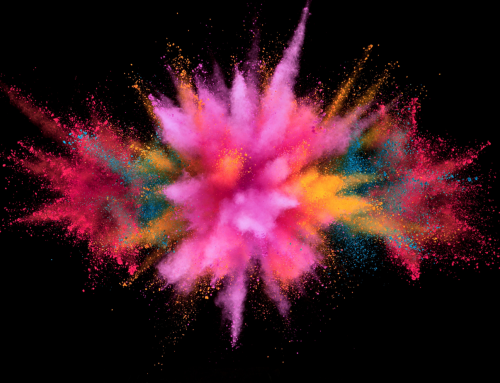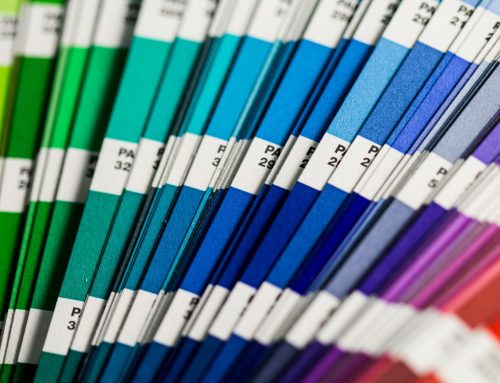The Durability of Powder Coating
To keep it simple, powder coating is a process of painting metals (especially steel and aluminium). Unlike traditional painting where liquid paint is applied to the surface and left to dry, powder coating makes use of an electric charge to apply colour to metals.
Powder coating is mainly used for coating metals, machinery and equipment as well as household appliances to provide a protective and decorative paint coating. Because of the hard finish it gives than conventional painting and the ease of applying they are also extensively used in the coating of appliances like gas and electric ranges, washing machines and dryers, water heaters, and on industrial equipment & machineries.
Apart from these, powder coating is an environmentally friendly process because it doesn’t generate harmful solvents or airborne pollutants like the solvent based traditional painting. They also produce very less finishing line emissions and don’t cause health issues to workers when compared to traditional painting.
Among its many advantages, the one that has mostly added to its popularity is the uniform finish it gives. Unlike the traditional paint job, powder coating utilizes electrostatic charges to stick the colouring agents to the metal. It also creates a protective layer that is resistant to corrosion and scratches.
Powder coating was initially used only on material surfaces that could withstand a temperature within 400F range but recent advancement in R&D has made it possible to be used on non-metallic temperature-sensitive materials as well.
How does it work?
Technically the working principle behind powder coating is cross linking, which is when the coloured powder forms a cross-link to the surface of the material to which it is applied. But how does it work? Well, that’s what we are going to see in this section.
It all starts with the metal surface being sandblasted to remove any existing finish on the metal. Sand blasting ensures that the material you paint is clean without any polish or paint remaining on it. Once the metal has been sandblasted, powdered colour is sprayed to the surface using compressed air following which the colour is baked onto the surface.
The colour powder is passed through a positively charged electrode before it is sprayed so that the powdered particles acquire a positive charge. The surface which has to be painted will be electrically earthed to give it a negative charge. The positively charged colour when sprayed will stick on to the negatively charged surface giving it colour.
Once the procedure is done well and good, the sprayed surface is left to cure. Unlike normal paints where curing is done at room temperature, powder-coated components are subjected to baking at a specific temperature in well-designed ovens. While the time and temperature depend on the type of powder used, 400°F and 30 minutes have been adapted as a general scale.
Durability of Powder coating
Because the powder coat bonds chemically to metal surfaces, it is one of the most durable coating options you can find. Apart from giving superior finish to metals, it also has good resistance against scratches, abrasions, and chips.
If you are looking to add custom colours to metals and appliances, powder coating is the best option. Feel free to get in touch with us to experience the advantages of powder coating in Byron bay or if you have any questions that you would like us to answer.




